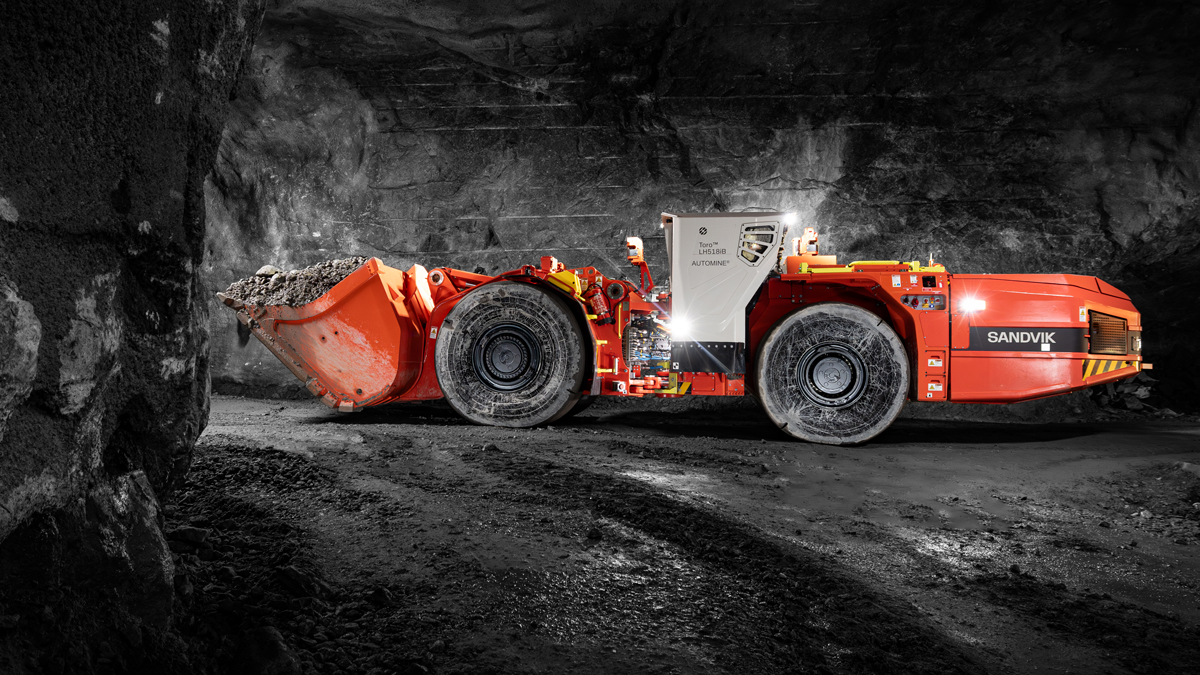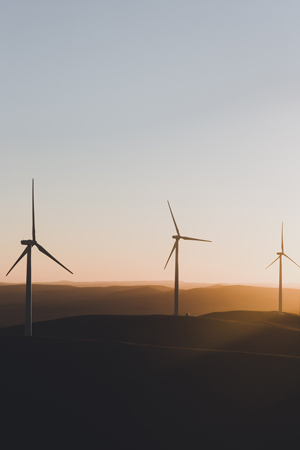Mining for the green transition

The transition to clean energy is essential to fight global warming — and it hinges on metals and minerals. Mining, therefore, is indispensable. “Net zero will not happen without mining,” says scientist Benjamin Wilson.
 Benjamin Wilson - Senior Scientist and metallurgical engineering expert, Aalto UniversityIt may sound like a paradox that solving the problems caused by one commodity found underground (oil) requires increased drilling for other resources (minerals). But the fact remains, according to Benjamin Wilson, Senior Scientist and metallurgical engineering expert at Aalto University in Espoo, Finland:
Benjamin Wilson - Senior Scientist and metallurgical engineering expert, Aalto UniversityIt may sound like a paradox that solving the problems caused by one commodity found underground (oil) requires increased drilling for other resources (minerals). But the fact remains, according to Benjamin Wilson, Senior Scientist and metallurgical engineering expert at Aalto University in Espoo, Finland:
“Minerals such as copper, lithium, nickel, and cobalt are essential components in today’s rapidly growing clean energy technologies, from wind turbines and solar panels to electric vehicles. To meet the demand for critical raw materials, mining activities worldwide need to increase by as much as 15 to 20 times.”
Electricity networks account for 70 percent of today’s mineral need and constitute a major driving force behind the skyrocketing demand. The International Energy Agency (IEA) forecasts that the global need for critical minerals will triple by 2030 and quadruple by 2040 to meet the needs of the energy transition towards net-zero emissions. To meet the Paris Agreement goals, more than three billion tons of energy transition minerals and metals are needed to deploy wind, solar and energy storage.
The US Department of Energy lists a total of 54 critical minerals, while the European Union focuses on 34. The IEA’s list of the most widely used elements includes lithium, nickel, cobalt, manganese and graphite, which are typically used in batteries. Minerals like platinum, iridium and palladium are among the rarest elements on Earth, while aluminum and silicon are among the most abundant elements on Earth.
But, just because they are abundant does not mean they are easy to access. For example, while copper is not a rare element, the typical lead time for a new mine to start delivering copper to the market is about 20 years, according to the International Renewable Energy Agency (IRENA). According to Benchmark Mineral Intelligence, just meeting global battery demand by 2030 would require 293 new mines.
51 times higher lithium demands
Another driver behind the soaring demand for metals and minerals comes from consumer electronics and the fact that a growing number of household appliances are battery operated. “Nickel, manganese and cobalt (NMC), and lithium iron phosphate (LFP) are key in today’s battery technologies, not just for electric vehicles (EV) but for consumer electronics and household appliances as well. Building an EV typically requires between six and eight times as much copper as a car powered by a combustion engine,” says Wilson.
Since 2015, EVs and battery storage have surpassed consumer electronics to become the largest consumers of lithium, together accounting for 30 percent of total current demand. Lithium demand in 2040 may be up to 51 times higher than today’s levels, according to IEA. Cobalt and graphite may see up to 30 times higher demand than today depending on the direction of battery chemistry evolution.

According to the United Nations Environment Program (UNEP), the growth of mineral supply plays a vital role in enabling a clean energy transition. However, UNEP also warns that challenges in supply could slow down the transition or make it more costly and unequal. These challenges are contributing to high and volatile prices for critical materials needed for the energy transition, increasing geopolitical tensions over resource control, market interference, and mounting political pressure to expand mining – even into areas that are environmentally and socially sensitive.
 Accelerate licensing
Accelerate licensing
As countries step up their climate ambitions, clean energy technologies are set to become the fastest-growing segment of demand for most minerals. In addition, as more households participate in the production of clean energy, such as through solar panels, more metal is needed.
To meet the massive increase in demand for some metals and minerals, the mining industry needs a few things to happen. “As the EU states in its Critical Raw Materials Act, we need to accelerate and streamline permitting and licensing to speed up mining activities. Also, national governments, local councils and environmental agencies need to work together to reduce the number of hurdles involved in opening a new mine,” says Wilson.
And there is no time to waste, since it takes at least a decade from discovering an ore body to the first delivery of pure metal. “Net zero by 2040 will not happen without increased mining,” concludes Wilson.
18 materials are needed for the energy transition:
- aluminum
- cobalt
- copper
- dysprosium
- electrical steel
- fluorine
- gallium
- iridium
- lithium
- magnesium
- natural graphite
- neodymium
- nickel
- platinum
- praseodymium
- silicon
- silicon carbide
- terbium
Source: The US Department of Energy
Facts: Important to grow recycling
Battery and metal recycling have grown rapidly in recent years, and while mining will still need to expand to meet rising demand, developing efficient and scalable recycling solutions is essential.
Recycling alone will not be enough in the coming years to satisfy the increasing global demand for critical raw materials like lithium, nickel, graphite, cobalt, and copper.
Source: Aalto University